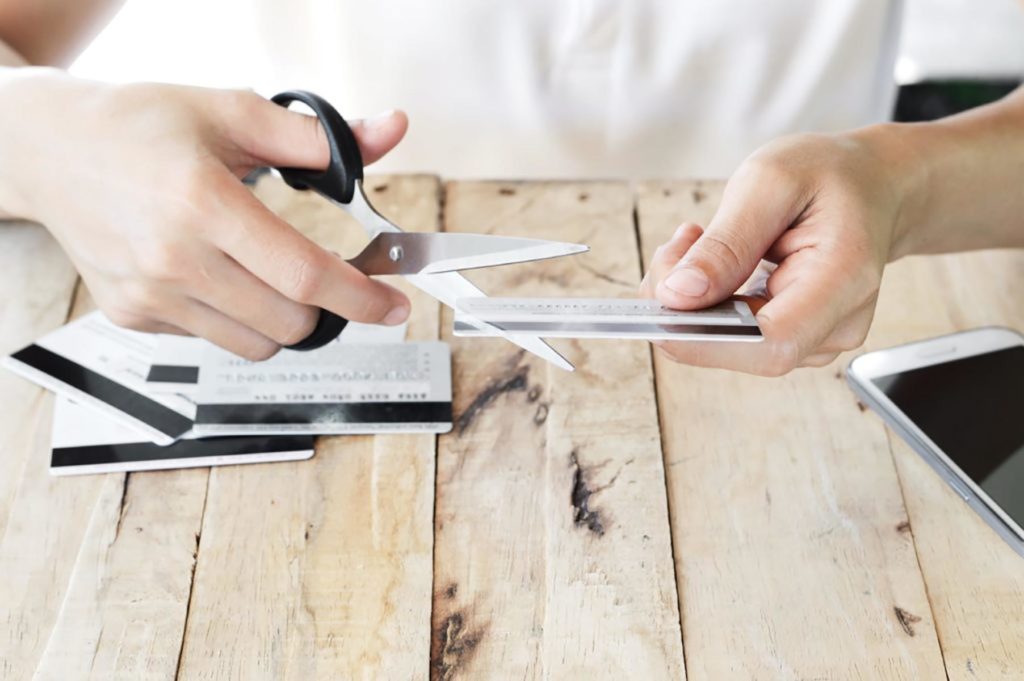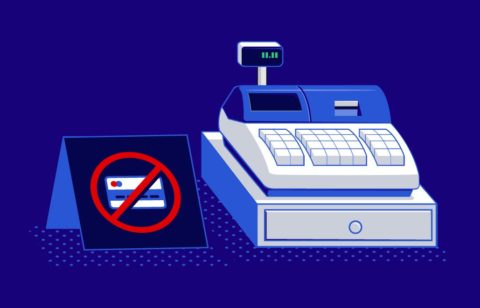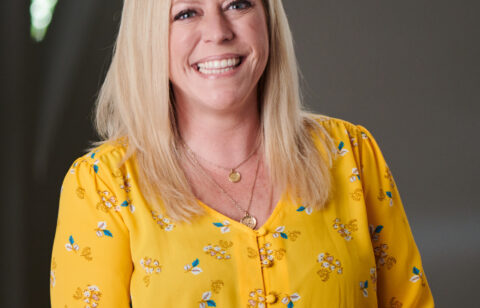Have you looked at yourself in the mirror and said, “Self, it’s time to do something about that credit card debt?” Reducing your debts is always a good thing because it frees up money you can use to make your life better. Suppose, for example, you owed $5,000 in credit card debt and were able to get it all paid off. You’d have $5,000 freed up to do something fun or just put in the bank as a rainy day fund.
The snowball strategy
The first way to get rid of your credit card debts is what’s called the debt snowball plan. This is the one that’s promoted heavily by Dave Ramsey, who authored the book The Total Money Makeover. This strategy involves paying off the credit card with the lowest balance first, then move on to the one with the second lowest balance and so forth. The theory here is that paying off your debts quickly will feel good and encourage you to do it again and again.
Pay off the card that carries the highest interest rate first
A second way to pitch those credit cards is by first paying off the one that has the highest interest rate.This is the card that’s doing the most damage and to get rid of it will free up the maximum amount of money that you can then use to pay off the next credit card and so on.
Transfer your balances to a card with a lower interest rate
You could save money and get those cards paid off faster by transferring high interest credit cards to one with a lower interest rate. However, before you do this be sure to calculate how much you will actually save. There is usually a fee attached to balance transfers–often 3% of the total amount you’re transferring. You need to factor this into your thinking before you make any transfers–to make sure you’re really saving money.
Keep it where it is
Your best bet might actually be to keep your credit card debts where they are–instead of trying to transfer them to a new card or cards. It’s easy to start thinking you’ve done something to reduce your debts when all you’ve done is move them around. You might save money on interest but you will still have to pay off all you owe.
Use some of your savings
We’ve seen people keep money in their savings accounts or retirement accounts that pay less than 2%, while paying 18% or even 20% interest on their credit cards. If this is the case for you, do the math. I’m pretty sure you’ll find that you’d be money ahead by using that low interest savings to pay off the higher interest credit card debt.
Keep feeding your emergency fund
The more money you have in your emergency fund, the less money you would have to borrow in the event you suffer a serious emergency. Most financial experts say that you should have at least the equivalent of one month’s salary set aside as an emergency fund. If you do run into emergency, you will then have enough money to take care of it without having to take on more debt.
Let us help
National Debt Relief has experienced and skillful counselors who can work to get balances on your credit cards reduced as much as possible. When you work with us, you’ll have only one low monthly payment in place of the many you may be making now. And you should be debt free in 24 to 48 months from the time you start your debt settlement plan.
Go to our homepage, fill in the free estimate form and see for yourself what we could do to help you get rid of that credit card debt.





